Star Wars Biomes
A long time ago, in a galaxy far, far away, Luke, Han and Yoda explored planets with alien societies and life forms. We’re restricted to exploring Earth (for now), but we are lucky to inhabit a planet that is full of diversity. And there’s no need for a transport ship for your Padawans to explore our world. We can have them model and measure different biomes using the EcoZones™ and some sensors. Like Luke’s journey to becoming a Jedi, our students journey can start in a Tatooine-like desert environment.
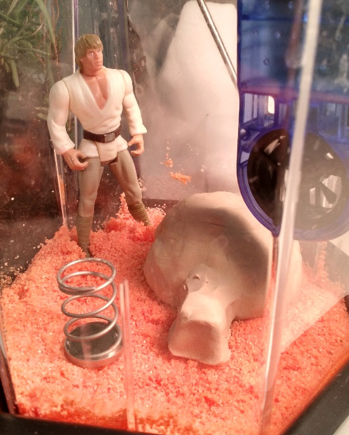
Our students can’t measure Luke’s the midichlorians, but we can use the Weather Sensor and the Soil Moisture sensor to get a feel for the type of environment where Luke was raised as a moisture-farmer. With the use of a heat lamp, the model environment quickly reached a maximum temperature of 71.8°C (161°F) with zero percent humidity, this was a little hotter desert than we bargained for! But even in extreme environments like this, life can persist as long as there is shelter and water.
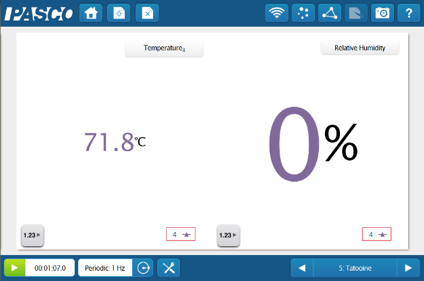
One place in the galaxy with no moisture problems is Dagobah. There’s nothing like a humid swamp to get your Jedi training on with Yoda. Like Tatooine, this planet is presented largely as a monoclimate which may be similar to a rainforest biome here on Earth. Students won’t need to crash their X-wing into the swamps to continue their science training. They can explore the forces of photosynthesis and respiration with the CO2 and O2 sensors. The model Dagobah is showing some very earth-like oxygen ranges, but slightly elevated CO2 levels which could be a result of decomposition of the plentiful plant material in the swampy environment.
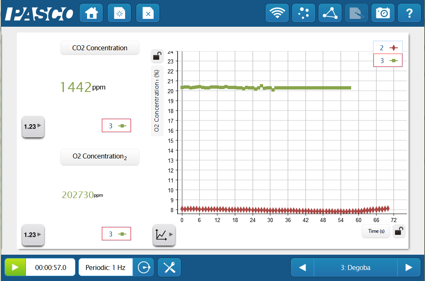
Yoda famously said, “Do or do not, there is no try”, but we know for our students it is exactly the “trying” that is required as they explore, experiment and explain that will eventually lead to them being Science Masters.
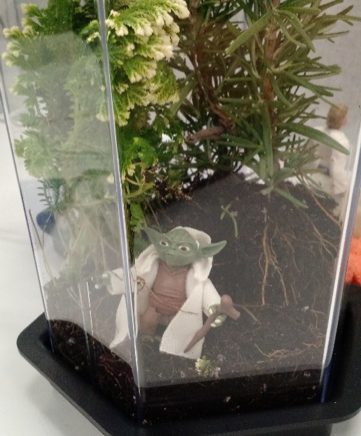
“Dagobah shrunk it has...”
The last stop on our journey is the planet Hoth which might be a good place to holiday if you’re into racing snow lizards (Tauntauns) instead of skiing. This ice ball of a planet could be similar to the arctic climate of Earth. While lots of environmental factors can be monitored, the one to keep a close eye on is temperature. Temperatures below -60C can present a challenge for life and the last thing you want to do is crawl inside of a Tauntaun to stay warm. Yuck! Though perhaps an experiment for another day.
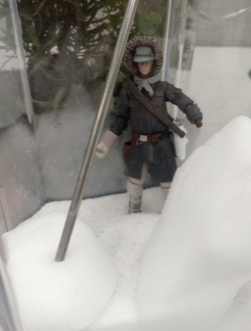
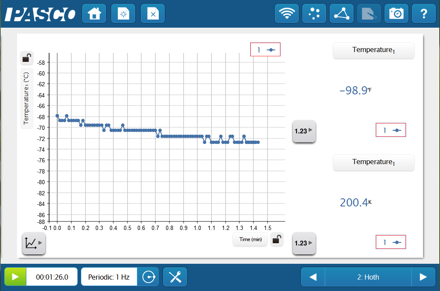
As you can see, our dry ice has brought the temperature down to a brisk -73°C (-99°F). In this environment exposed skin can freeze in 30 seconds. Fortunately, Han Solo’s jacket and boots were enough to keep him warm for a late search and rescue mission to save Luke.
If your students create a model of a biome from Earth or any other planet share your results with PASCO on Facebook, Twitter, or by emailing biology@pasco.com. To learn more about weather and climate connections to Star Wars checkout “The Science of Weather in Star Wars” by Marshall Shepherd.



